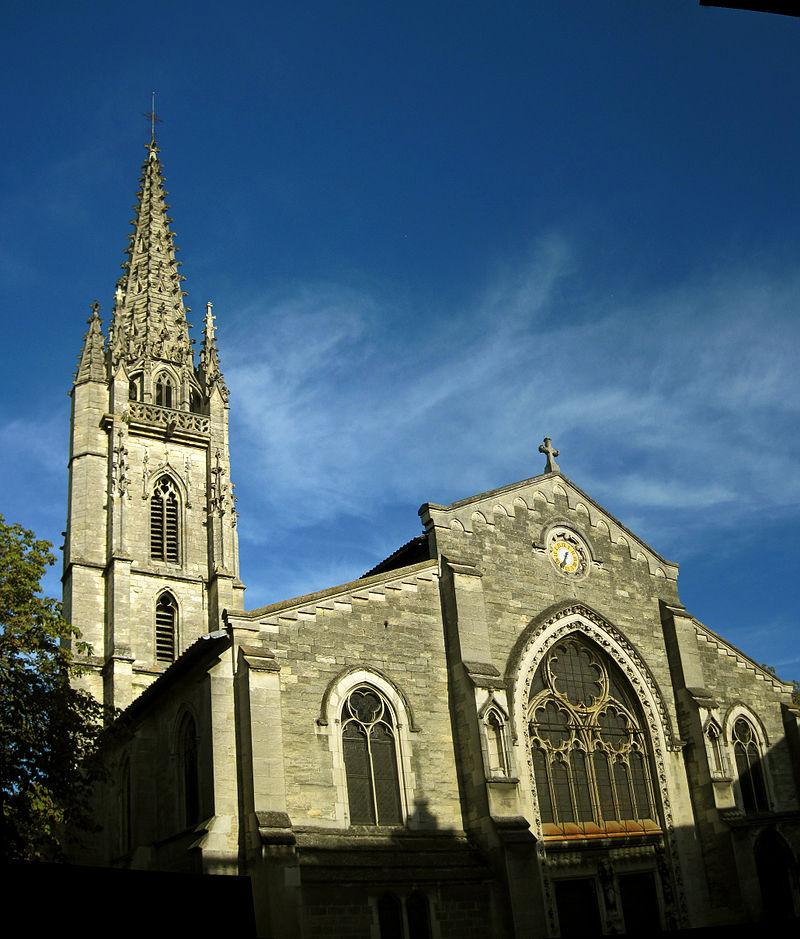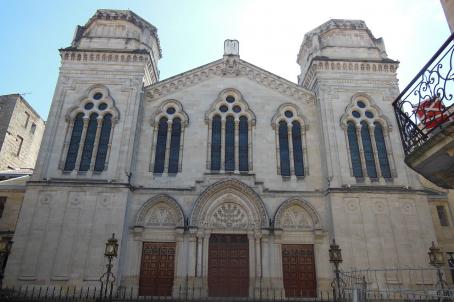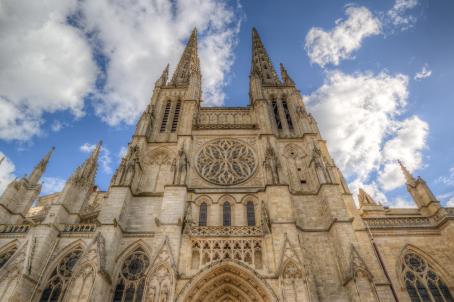Church of Sainte-Eulalie

A regional example of Gothic architecture completed in the early modern period and restored in the mid-18th century. The building was extended between 1901 and 1903 with a new western bay and a new façade.
About this building
Built on a 7th century chapel, which was succeeded by a monastery, the church was built in the Gothic period marking a corner of the rampart. Its western vault was completed in 1398, as attested by an inscription of the time. In the 15th century, the entire eastern part was rebuilt in order to build the polygonal apse. The church housed the relics of the seven blessed, evangelizers of Novempopulania, in order to protect them from the destruction of the great invasions. Its bell tower, damaged by lightning, was destroyed in the 18th century. During the French Revolution, the church was used as a warehouse for works of art from other churches in Bordeaux. The cemetery along the north side of the church disappeared. At the beginning of the 20th century the church was heavily rebuilt: the western Gothic portal was removed and the western façade was completely rebuilt, the church was enlarged.





